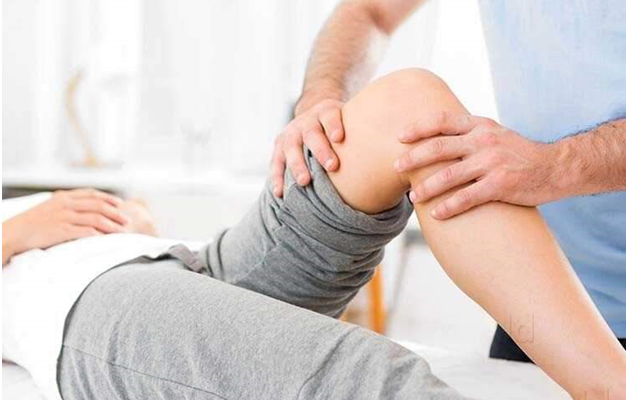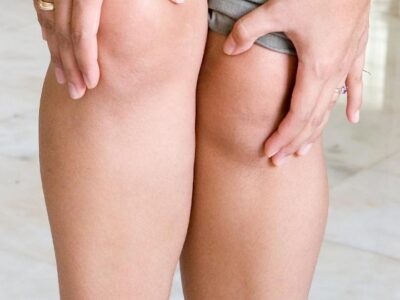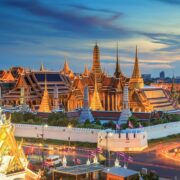One of the healthcare occupations is physiotherapy. Physical therapists use physical examinations, diagnosis, prognosis, patient education, physical intervention, recovery, disease prevention, and wellness promotion to encourage, improve, or restore health. In several nations including India, physical therapists are referred to as physiotherapists.
“Physiotherapy in India is under Allied and Health Professionals, Ministry of Health and Family Welfare. There is approximately only 1 Physiotherapist per 100000 individuals in India. Among this most of them are concentrated in the major cities like Mumbai, Deli, Bangalore etc. There is a huge lack of physiotherapist in the interiors of the country.” Says Dr Atik Mulla, a well-known physiotherapist in Mumbai. He is the chief physiotherapist at Health Care Center in Mumbai.
Other facets of physical therapy practice include testing, education, counselling, and health administration, in addition to clinical practice. Physical therapy may be used as a primary care procedure or in combination with other medical treatments. Physical therapists in certain countries, such as the United Kingdom, have the power to administer medicine.
Physiotherapy in India has a long and illustrious history
From the first written account of the master of medicine himself, Hippocrates, through advanced electronic and scientific physiological therapies, physiotherapy has come a long way. Over the last two decades, the profession has become even more diverse. Cardiovascular and pulmonary physical therapy, group physical therapy, sports physical therapy, skin physical therapy, and orthopedic physical therapy are all included in the field.
In India, physiotherapy is in its infancy
Sushruta, the famous Indian physician, is still well-known for his proper breathing methods and physical exercises. Published around 600 BC, Sushruta Samhita is one of the most extensive treatises on the entire medical discipline, with thorough explanations of surgery and medicine that are still applicable today. In his writings, he described how ancient people used physiotherapy to treat joint problems, such as with water therapy, massages, and proper stretching. The seeds of physiotherapy were then planted.
Another domain with close links to physical therapy is yoga. Yogis have long held a prominent position in a country steeped in tradition and culture. Yogic texts outline nearly 800 different exercises that aid in the gradual recovery of a person suffering from illness or disease.
Physiology, a relaxation therapy, has become famous for its efficacy over the years, despite the fact that its roots date back to 5000 years ago. It is therapeutic and encourages the general well-being of the body and mind by combining the advantages of Yoga and Physiotherapy. The practice of Ayurveda, which means “Study of Life,” is one of India’s main contributions to medical science.
Ayurvedic massages provide a “wellness” effect that relieves pain and stress while also improving blood circulation and removing toxins. These massages are often used in modern physiotherapy which has similar benefits.
As a result, we can see how physiotherapy in India has a longer history than almost any other country in the world, with the exception of Greece. His experience and influence have spanned the globe, and he has earned a well-deserved place in Western medicine.
Physiotherapy in today’s India
Physical therapy has been recognized as a full-fledged medical practice in India for 65 years. It all began with a polio outbreak in Mumbai in 1952. With the sponsorship of the government and the World Health Organization, India’s first physiotherapy school and the center opened in Mumbai the following year (WHO). The Indian Association of Physiotherapists (IAP), which was established in 1962 and now has over 30,000 members, is a registered medical body.
Today, it is slowly but steadily gaining popularity and importance as a conventional method of treatment that is more holistic, affordable, long-lasting, and secure than older types of treatment. Arthritis, frozen shoulder, back pain, headache, sciatica, various sports injuries, dizziness, and vertigo are only a few of the more common disorders that respond well to physical therapy.
Physiotherapy is a form of primary care that involves the application of specific movements and mechanical forces to the affected areas of the body. Physical therapy aims to enhance patients’ mobility and motor functions, as well as eliminate impairments and improve their overall quality of life. Patients of all ages may benefit from physiotherapy’s healing methods, from newborns to the elderly. Physical therapists can better support their patients with each passing day, thanks to the development of increasingly professional techniques and cutting-edge equipment. Physical exercise services are in high demand in a country plagued by diabetes, arthritis, cancer, and cardiovascular disease. The stress of daily life takes a toll on our bodies, and physical therapy can be used as a preventive and/or curative medicine, which is much less expensive and more effective than just taking curative drugs.













